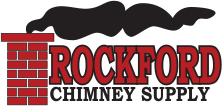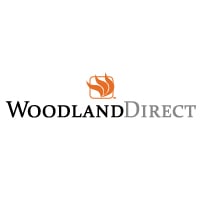Greetings all--
We are helping my dad put in a new wood stove to his farm. He bought a Jotul F500 (Oslo) and is installing it right in front of a masonry/brick chimney on a hearth. We will be using the chimney to vent the stove; there is no damper in this chimney...it's basically a straight shot up to the chimney cap. And there is no flue liner...just brick and mortar all the way to the top.
We have a lot of experience with rigid pipe installation with wood stoves, but I am totally new to the use of flexible chimney liners. We will need about 27 feet of 6" liner, will have a T connector to the rear exit flue collar. We are having a new stainless steel chimney chase cover manufactured and will connect the liner to the chase and install a round chimney cap on top.
I've looked at all sorts of liners, but haven't come to any conclusions as to what is best. I have read that smooth wall liners are better, 316 is better than 304 steel. I have looked at preinsulated vs. doing the 1/2" insulation kit yourself. I've read some threads about certain liners being horribly thin (which leads to potential issues when sweeping), but not sure what would be a target thickness of metal (for sweeping, we use a Wohler Viper, so it's not nearly as rough on chimney pipe as rigid brush systems).
Any suggestions or recommendations? See any pitfalls above in what we have before us?
We are helping my dad put in a new wood stove to his farm. He bought a Jotul F500 (Oslo) and is installing it right in front of a masonry/brick chimney on a hearth. We will be using the chimney to vent the stove; there is no damper in this chimney...it's basically a straight shot up to the chimney cap. And there is no flue liner...just brick and mortar all the way to the top.
We have a lot of experience with rigid pipe installation with wood stoves, but I am totally new to the use of flexible chimney liners. We will need about 27 feet of 6" liner, will have a T connector to the rear exit flue collar. We are having a new stainless steel chimney chase cover manufactured and will connect the liner to the chase and install a round chimney cap on top.
I've looked at all sorts of liners, but haven't come to any conclusions as to what is best. I have read that smooth wall liners are better, 316 is better than 304 steel. I have looked at preinsulated vs. doing the 1/2" insulation kit yourself. I've read some threads about certain liners being horribly thin (which leads to potential issues when sweeping), but not sure what would be a target thickness of metal (for sweeping, we use a Wohler Viper, so it's not nearly as rough on chimney pipe as rigid brush systems).
Any suggestions or recommendations? See any pitfalls above in what we have before us?




